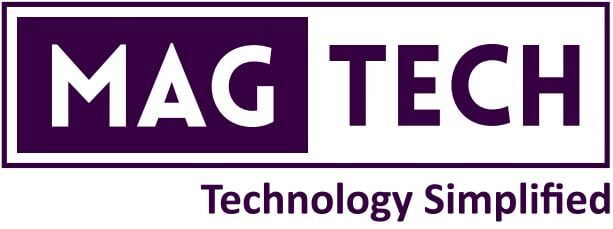Glycerine Refining
Home » Glycerine Refining

As we know pure Glycerine comes from the Glycerine Refining plant, it has diverse utilities across industries around the globe. Food, pharmaceuticals, and cosmetics are the major consumers. Unfortunately, India still has a lot to do about tapping the opportunity of global export, which stands at a meager 0.33% only with respect to the global demand. Such a pitiful scenario may be ascribed to quality and costing issues persistently plaguing Indian Glycerine Refining industries.
We have a pretty straightforward solution to this problem and have a well-thought-out plan that can potentially give a huge boost to our industry. But before we get into these details, let’s have a discussion on how the thing works and how we are so relevant to this.
How does glycerine refining work?
Crude glycerol sourced from industrial chemical processes, such as oil processing, fats splitting, hydrolysis, saponification, and transesterification, is parsed through a series of unit processes and operations. This is done to achieve the desired purity of glycerine. As one of the leading glycerine refining plant manufacturers, here, we have walked you through the process of purification of glycerine.
Why a Precision Glycerine Refining Plant is relevant?
In the global market, the acceptability of glycerine hinges on some factors- purity, color & odorlessness, and pricing. Glycerine must undergo meticulous refining to meet the standards set by various countries and industries. This process ensures that the glycerine harnesses its full potential. This is what all the glycerine refining plant suppliers in India aim for in the contemporary market.
MAGTECH Advantages:
Purity Is Paramount: This is, indeed, the primary attribute that is met in the first place. As discussed earlier, the purity of glycerine is non-negotiable. In pharmaceuticals, cosmetics, and food processing, any trace of impurities or undesirable odor can lead to rejection by downstream industries. Achieving such purity demands precision and expertise on the part of the manufacturer. And, we stand hand in hand to pledge such high efficiency of your plant every time.
Cutting-Edge Technology: Our state-of-the-art machinery is meticulously crafted to deliver consistent and superior results. It focuses primarily on low CAPEX and low OPEX through low energy consumption. We utilize innovative technologies to ensure that the glycerine refined through our processes is of the highest quality at a very competitive cost.
Customized Solutions: As in the case of biodiesel plant solutions, here also we recognize that each application has its unique requirements. The type and initial purity of feedstock vary greatly, depending on the source from different industry outputs. That’s why our solutions are customizable to suit the specific needs and scale of your operation, which always indicates cost savings to the clients.
Glycerine Intake and Pretreatment: The process is defined by the feeding of crude glycerol. This feedstock is laden with various impurities. Impurities in the crude glycerol include methanol, salts, soap, fatty acids, and undesirable odor compounds. They are sourced from the specified sources. The objective of this section is to unburden the feed from particulate impurities, soap, methanol partially, and water and homogenize the mixture to make it a perfect feed for the next section.
Treated with sulphuric acid, the soap and free oil content is transformed into free fatty acid, which is neutralized and removed by caustic lye. Following this, running through a decanting chamber or column, the glycerol is stripped of all lightweight impurities by phase separation in order to get more pure glycerol.
Dehydration: Glycerol, typically obtained from the previous step, contains residual water and methanol along with other miscible impurities. We engineered the flash removal unit for methanol to ensure maximum removal efficiency with low energy cost. Then, we designed the heat exchanger for moisture removal.
Decolorization: The Crude glycerol can exhibit a dark color due to miscible impurities and contaminants. Decolorization is the art of restoring clarity to glycerine. We designed a bleaching unit where activated carbon or other specialized adsorbents are applied. This process is used to treat the glycerine stream. The glycerine stream selectively captures and removes color-causing impurities with the help of this unit. Following this, thorough filtration or centrifugation ensures the glycerine emerges with a pristine appearance.
Distillation for Purity: Perhaps one of the most important, if not the most important, of all the steps is distillation. It serves a dual purpose: separating glycerine from water and further purifying it by removing volatile impurities. In the distillation column, heat is applied, glycerine vaporizes, and under carefully controlled conditions, it is separated from water, which typically exits as the bottom product. This process results in glycerine of remarkable purity. Our specially engineered multi-stage distillation column also ensures maximum efficiencies in intended action with remarkably low energy costs. This sets us apart from the run-of-the-mill glycerine distillation plant manufacturers.
Deodorization for Quality: Residual odor can make finished pure glycerine less acceptable in certain industries. These industries include cosmetics and pharmaceuticals. In our deodorization step, any residual odors or flavor compounds are meticulously removed. The result is glycerine that not only meets high purity standards but also surpasses expectations in terms of odor and taste.
